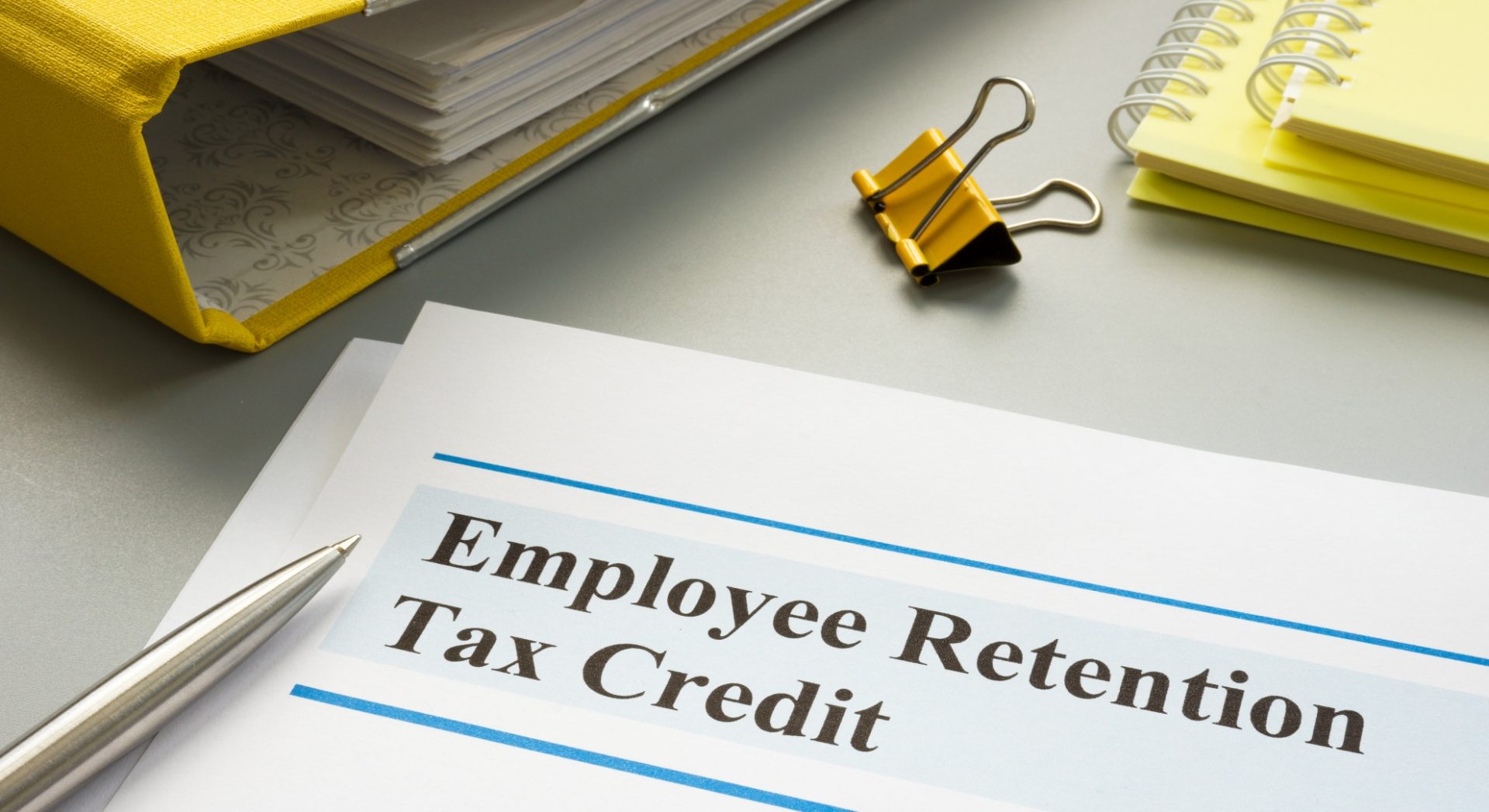Companies all around the country have felt the effects of the COVID-19 outbreak. The federal government has established a number of relief initiatives, such as the Employee Retention Credit (ERC), to help reduce some of the monetary burdens.
As a refundable tax credit, the ERC provides an incentive for companies to continue paying their workers during the pandemic. It is crucial for business owners to know how to qualify for this credit, as it can bring significant financial assistance to companies hit by COVID-19.
In this guide, we will provide a step-by-step overview of the ERC application process. We’ll explain the eligibility requirements, and the credit calculation, and provide tips for maximizing your credit amount. Our mission is to facilitate the utilization of this critical assistance program by businesses so that they may continue paying their employees despite the current economic climate.
So, whether you’re a small business owner or an accountant helping clients navigate these complex rules, this guide is for you. Let’s dive in and learn more about the Employee Retention Credit.
Eligibility for the Employee Retention Credit
To be eligible for the Employee Retention Credit, a business must meet certain criteria. The first step is to determine if your business is eligible at all. Let’s take a closer look at the eligibility requirements, the different criteria that businesses must meet, and some examples of businesses that may be eligible.
Different Eligibility Criteria
To join the ERC, a company must satisfy two sets of qualifying requirements. The first look at whether or not there has been a significant drop in gross receipts for the company. The second is a test for companies whose operations have been temporarily or permanently halted because of government orders connected to COVID-19.
There are many different types of businesses that may be eligible for the ERC. For example, a restaurant that has experienced a decline in revenue due to the pandemic may qualify for the credit. Similarly, a hair salon that was forced to shut down for several weeks due to a state order may also be eligible for the ERC.
Calculating the Employee Retention Credit
Once a business has determined that they are eligible for the Employee Retention Credit, the next step is to calculate the credit amount. Let’s take a closer look at the credit calculation process, including how to calculate qualified wages and the credit amount.
The Employee Retention Credit is calculated based on qualified wages paid to employees during the eligible period. The credit is equal to 50% of qualified wages paid, up to a maximum of $10,000 per employee. This means that the maximum credit per employee is $5,000.
How to Calculate Qualified Wages
A company must first identify whose earnings qualify before it can begin to compute eligible wages. Wages received by employees during the qualifying period, defined as the time during which either gross receipts dropped significantly or activities were suspended in whole or in part due to government orders relating to COVID-19, are considered qualified wages.
All salaries paid during the qualifying period are eligible for credit for enterprises with 100 or fewer employees. If your company has more than 100 workers, only earnings given to those who were on leave during the qualifying time period will be counted.
How to Calculate the Credit Amount
Once qualified wages have been determined, the credit amount can be calculated. The credit is equal to 50% of qualified wages paid, up to a maximum of $10,000 per employee. This means that the maximum credit per employee is $5,000.
For example, if a business paid $20,000 in qualified wages to an employee during the eligible period, the credit would be $10,000 (50% of $20,000). However, because the maximum credit per employee is $5,000, the credit would be limited to $5,000.
In summary, calculating the Employee Retention Credit involves determining which wages qualify, calculating the credit based on those wages, and applying any maximum limits. Understanding this calculation process is important for businesses looking to apply for the credit.
How to Apply for the Employee Retention Credit
Now that you understand the eligibility requirements and credit calculation process for the Employee Retention Credit, it’s time to learn how to apply for the credit. Let’s take a closer look at the application process, the different application methods, and a step-by-step guide to applying for credit.
To apply for the Employee Retention Credit, a business must complete the appropriate forms and submit them to the IRS. The application process varies depending on the business’s situation, such as whether they are claiming the credit on an employment tax return or filing for an advance payment of the credit.
Different Application Methods
There are two primary methods for applying for the Employee Retention Credit: claiming the credit on an employment tax return or filing for an advance payment of the credit. Claiming the credit on an employment tax return involves reporting the credit on Form 941 while filing for an advance payment of the credit involves submitting Form 7200.
Step-by-Step Guide to Applying for the Credit
Here is a step-by-step guide to applying for the Employee Retention Credit:
Determine eligibility: Before applying for the credit, make sure that your business meets the eligibility requirements.
Calculate the credit: Calculate the credit amount based on the qualified wages paid during the eligible period.
Choose application method: Determine which application method is appropriate for your business.
Complete the appropriate forms: Complete either Form 941 or Form 7200, depending on the application method chosen.
Submit the forms: Submit the completed forms to the IRS, either by mail or electronically.
Claim credit on tax return: If claiming the credit on Form 941, report the credit on the appropriate line of the form.
Receive credit: The credit will be applied to your business’s payroll tax liability or issued as an advance payment, depending on the application method chosen.
Tips and Best Practices for Applying for the Employee Retention Credit
While applying for the Employee Retention Credit can be a relatively straightforward process, there are some common mistakes to avoid and best practices to follow to ensure that businesses receive the maximum credit amount possible. Let’s take a closer look at some tips and best practices for applying for credit.
Common Mistakes to Avoid
Here are some common mistakes to avoid when applying for Employee Retention Credit:
Failing to meet the eligibility requirements: Make sure that your business meets all of the eligibility requirements before applying for the credit.
Incorrectly calculating qualified wages: Incorrectly calculating qualified wages can result in an incorrect credit amount.
Failing to claim the credit on the appropriate form: Make sure that you claim the credit on the appropriate form and in the correct section.
Tips for Maximizing the Credit Amount
Here are some tips for maximizing the credit amount when applying for Employee Retention Credit:
Review all potential eligibility criteria: In order to get the most out of the credit, you should check that you meet all of the requirements, such as a considerable drop in gross receipts or a full or partial stoppage of activities owing to government orders.
Take advantage of the full $10,000 per employee: Make sure that you are paying qualified wages up to the maximum of $10,000 per employee, which can result in a higher credit amount.
Consider retroactively claiming the credit: Businesses can retroactively claim the credit for prior quarters in which they were eligible, so be sure to review past quarters to determine if there is any additional credit that can be claimed.
Best Practices for Recordkeeping and Documentation
Here are some best practices for recordkeeping and documentation when applying for the Employee Retention Credit:
Keep accurate and complete records: Keep accurate and complete records of all wages paid during the eligible period, as well as any other documentation required to support your claim for the credit.
Retain documentation for at least four years: Retain all documentation related to the credit for at least four years, in case of an audit or other review by the IRS.
Seek professional assistance if necessary: Consider seeking professional assistance from a tax accountant or attorney to ensure that your business is properly calculating the credit and maintaining appropriate documentation.
Conclusion
In conclusion, the Employee Retention Credit can be a valuable source of financial relief for businesses impacted by COVID-19. This credit can help businesses retain their employees and continue operations during these challenging times. However, it is important for businesses to understand the eligibility requirements, calculate the credit accurately, and properly apply for the credit in order to receive the maximum amount possible. By following the steps outlined in this guide, businesses can take advantage of the Employee Retention Credit and receive the financial assistance they need to weather the current economic climate.


























